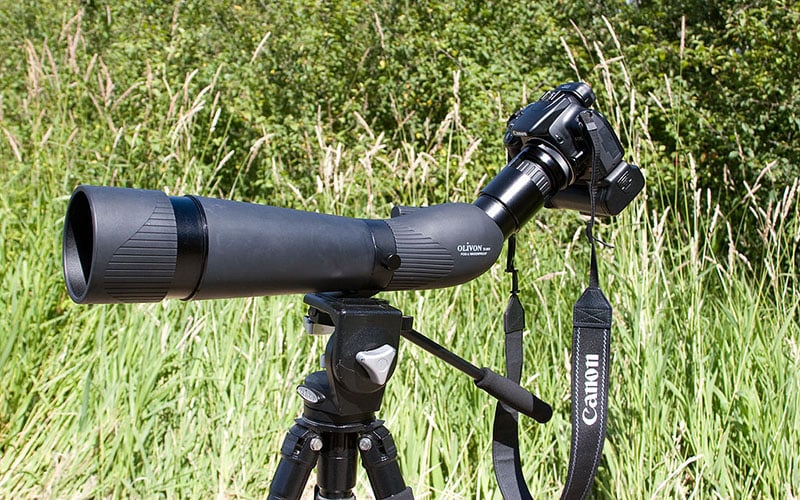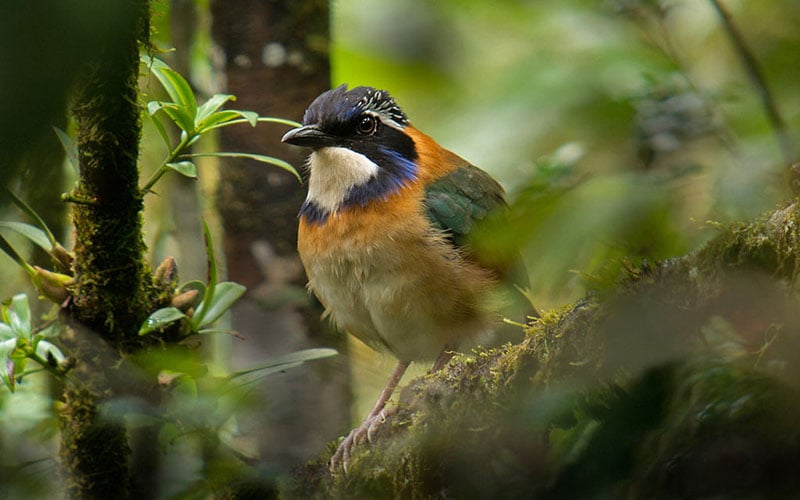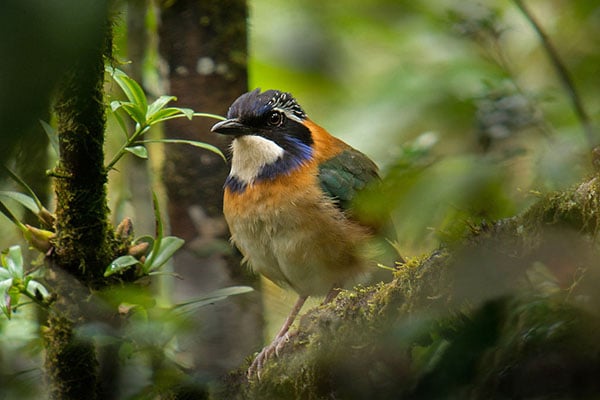Last Updated on
Today is Earth Day, and in celebration, let’s take a closer look at an activity not every outdoor enthusiast actively engages in: birding. Any observation of a bird in its natural habitat is considered birding, and birders can be casual weekend observers or serious experts keen to catalog rare birds around the world. Birding can take place in any backyard or far off the beaten path in any forest or field. While it may not seem exciting for some, birding has its own unique appeal, and anyone interested in the outdoors should give it a chance. Hunters, campers and hikers will all find that birding is something that easily fits into their existing outdoor lifestyle, and their gear and equipment will be just as suited for the activity as well. Here are some tips that will help you get serious or just get started in birding.
Why Birding?
First, why should you devote more time to birding while you’re outdoors? There are many reasons why birders get hooked on this popular activity, and here are a few of the most popular:
It’s Another Way To Experience Nature
It’s not like any of us need an excuse to get outdoors, but it certainly helps to center it around a certain activity. Hikes are taken with a certain end goal or destination in mind, hunts have their obvious goals and sports like skiing, rafting, fishing and others all take us to wild places with equipment specially designed to make it a successful outing. Birding is no different, and popular goals include cataloging all known birds in a certain area, photographing birds in their habitat, observing a local ecosystem for an extended period of time, and catching a glimpse of a rare bird rarely seen in civilized areas. Everyone birds for their own reasons, and you may find a unique one of your own when you try this activity.
You Already Have The Gear
Most hunters and many hikers already own a good pair of optics, which means that they are already outfitted for birding. Trying to dial in optics on illusive birds can not only be relaxing and engaging, it is a good time to sharpen your skills with your hunting binoculars, spotting scopes and cameras. You’ve already invested in quality optics, and it’s always nice to have another excuse to use them.
It’s A Good Beginner Outdoor Activity For Kids
It can be a challenge to initiate children into outdoor activities. Hunting can be especially difficult for kids as they are asked to stay quiet and warm and comfortable while in the field. Of course as time goes on it gets easier, and you can never ask too much out of someone beginning to hunt or fish for that matter, but it’s good to establish a rhythm early so you can foster a love of the outdoors in children. Birding is a good, relatively low pressure activity that is perfect for just such a purpose.

Gear Basics
The basic gear required for birding is not that overwhelming, which is another reason why birding is an accessible activity for all. Here are some of the most popular gear suggestions to consider:
- A notepad to record bird observations
- A guide to local birds in your area for reference
- Optics (binoculars, spotting scope or in some cases a monocular)
- Digital camera (if desired)
- Tripod (for spotting scope, camera or both)
- Binocular harness
- Walking / outdoor shoes and hiking socks
- Jackets and other outdoor clothing
- Rain jackets (for unexpected storms)
- Day pack (to store gear, optics / camera gear and cases, extra water, sunscreen and repellents, etc.)
A Word On Optics Selection
If you already have a pair of binoculars or a spotting scope, then by all means you should make use of the optics you own as best you can. For those that have several pairs or don’t own optics yet, here are a few tips:
- Binoculars: Standard magnification power for birders consists of 8x, 10x or 12x. Remember that the higher power you have, the more difficult it will be to scan your surroundings with a wide field of view. However, higher power optics allow you to get a better view of the bird with less chance of scaring it away. Find the right balance for you, and when in doubt choose a medium setting at 10x. Older users will have better luck with lower power optics like 8x, especially if they have problems with eyesight or shaking hands. One other note, most of us grew up with Porro prism binoculars, but these days you should opt for roof prism models because they are lighter and easier to handle for most users.
- Spotting Scopes: Beginner birders should start with binoculars, but as you get more advanced, a spotting scope can add distinct advantages that a pair of binoculars cannot. You can get a lot closer image of birds with a spotting scope, and there’s even less concern of spooking nearby birds with a scope. You can also identify birds in areas where longer vistas are common like waterways, mountains and plains. You can also pair your spotting scope with your camera to capture close up images, an activity known as digiscoping. If you’d like to add digiscoping to your birding arsenal, remember to select a spotting scope that is compatible with camera mounts, and make sure your chosen camera model and lenses supports it as well.

Activity Basics
Birding begins in everyone’s back yard, but anyone interested in experiencing the full appeal of this activity needs to get out into the field shortly after. However, it never hurts to start with a test run at home. Familiarize yourself with your optics and your camera while you’re at home and you have the product manuals and the internet close at hand. Test zoom and focusing features on your optics, and make sure you find a comfortable way to wear and transport your optics before you’re out in the field. When it comes to your camera, make sure you know how to adjust exposure levels, and test your different lenses and filters to find what works best outdoors. Take those preliminary photos now and see what works so you don’t take a bum photo when it really counts.
Out In The Field
Once you’re ready to try your luck away from home, search for a park or region that is well-suited for birding. State and national parks, waterways, hiking trails and local forests or fields are a good place to start. If you’re planning on birding on private land, make sure you have permission before you go. It’s best to keep your group small as to not overwhelm a birding area or spook all nearby birds away from your area. Split groups into smaller parties if you have to and make sure each party has the necessary gear for a successful outing.
Tactics
The best way to start once out in the field is to choose a suitable area and set up camp. Make sure your approach to the area is silent and minimize commotion as much as you can. Birds are skiddish animals, especially the illusive species, and a stealthy approach will result in more birds to watch in your area. Set up your equipment quickly and quietly, and then settle in for a period of time. Scan your area methodically, and observe species as they come and go from your area. You can use your camera, notepad and bird guide in succession to capture and notate what you’ve seen. As time goes on, you’ll take notice of what species are common as well as what species are rare. Spotting and cataloging a rare species can be a special thrill as you become an experienced birder.

Final Thoughts
As you can see, birding is a very accessible activity that almost anyone can get into. One last thing before you head out on your first birding expedition, make sure to practice proper outdoor ethics while birding. Never approach or harass a bird and keep your distance. Remember you’re in their habitat. Quality optics will allow you to observe them without invading their space. In addition, always care for the area around you and leave it like you found it by not littering or damaging the wild places we all love. Have fun and let us know how your first birding outings go.
Images one, two, three and four and thumb courtesy of Wikimedia Commons.












